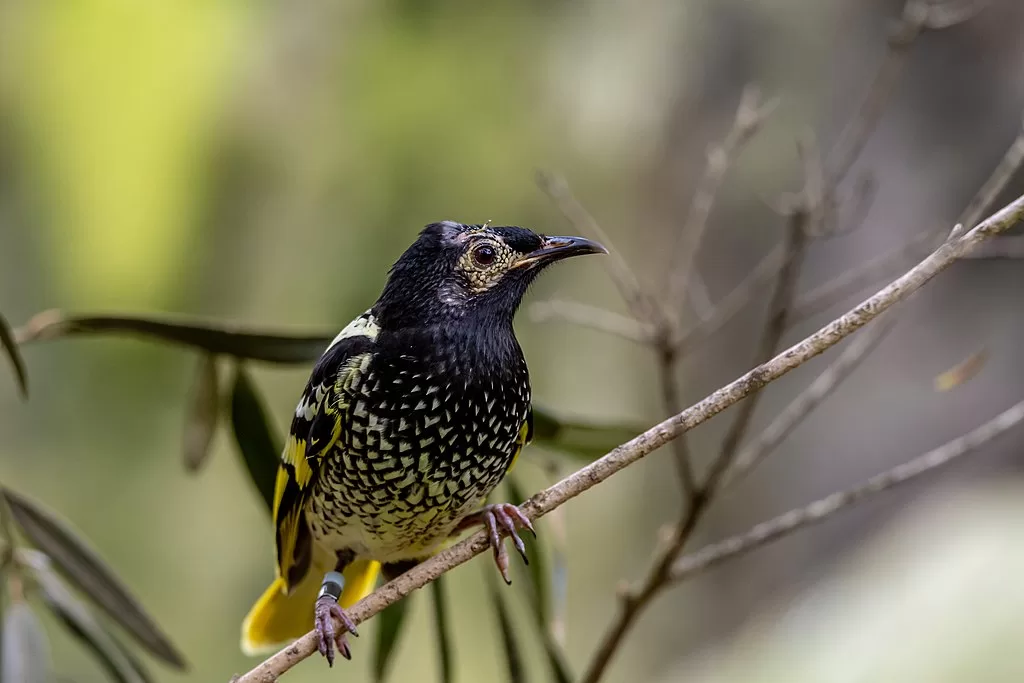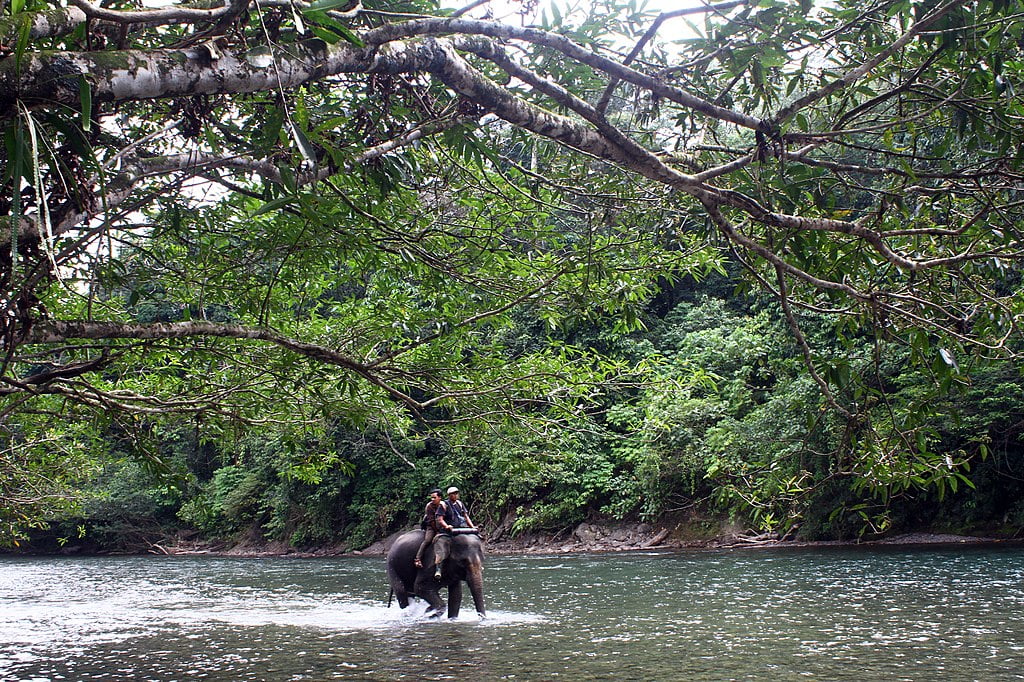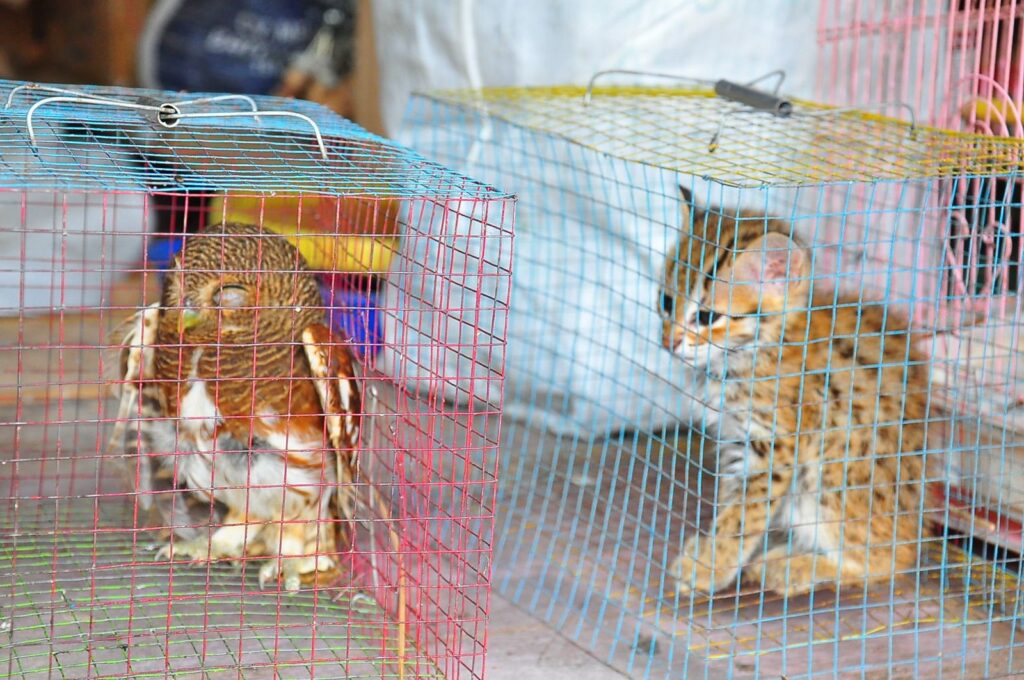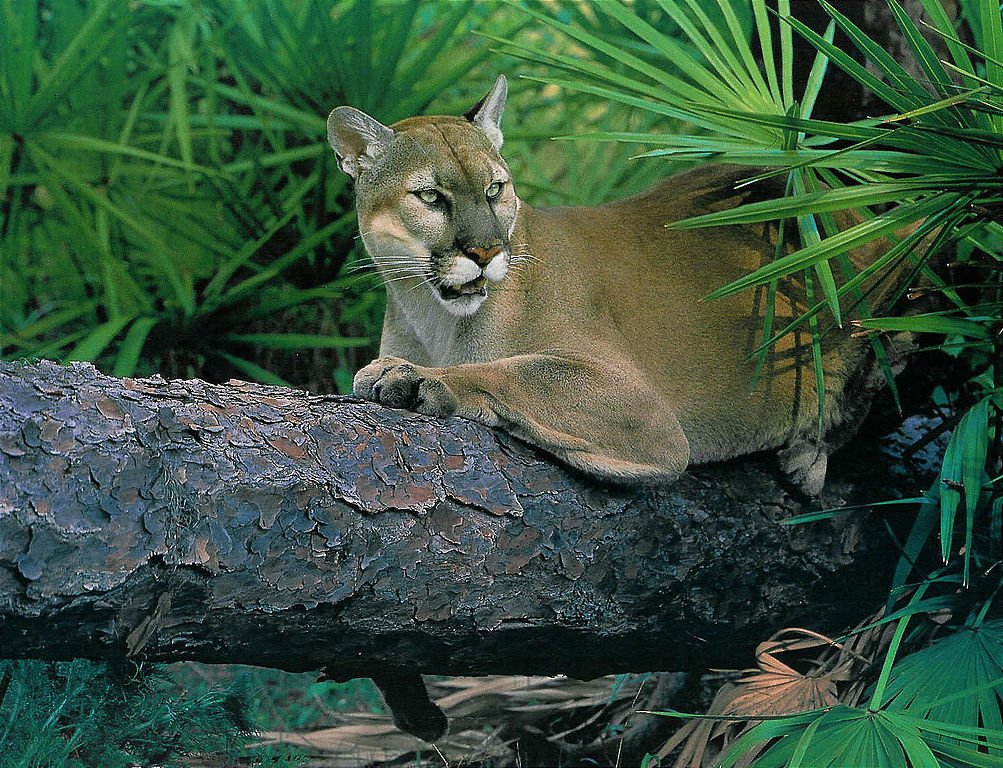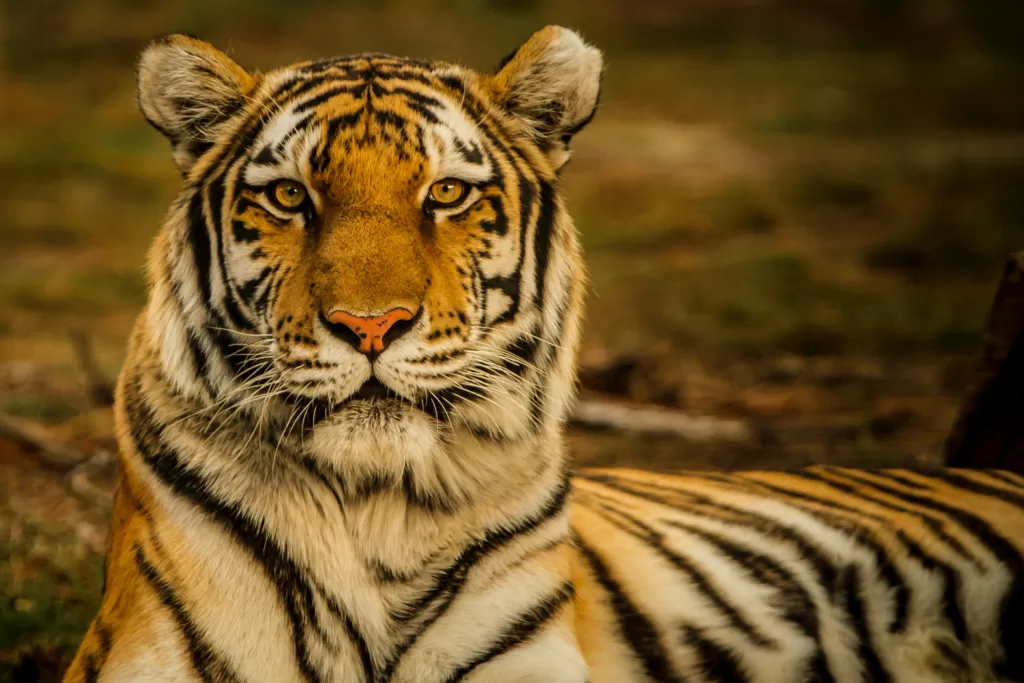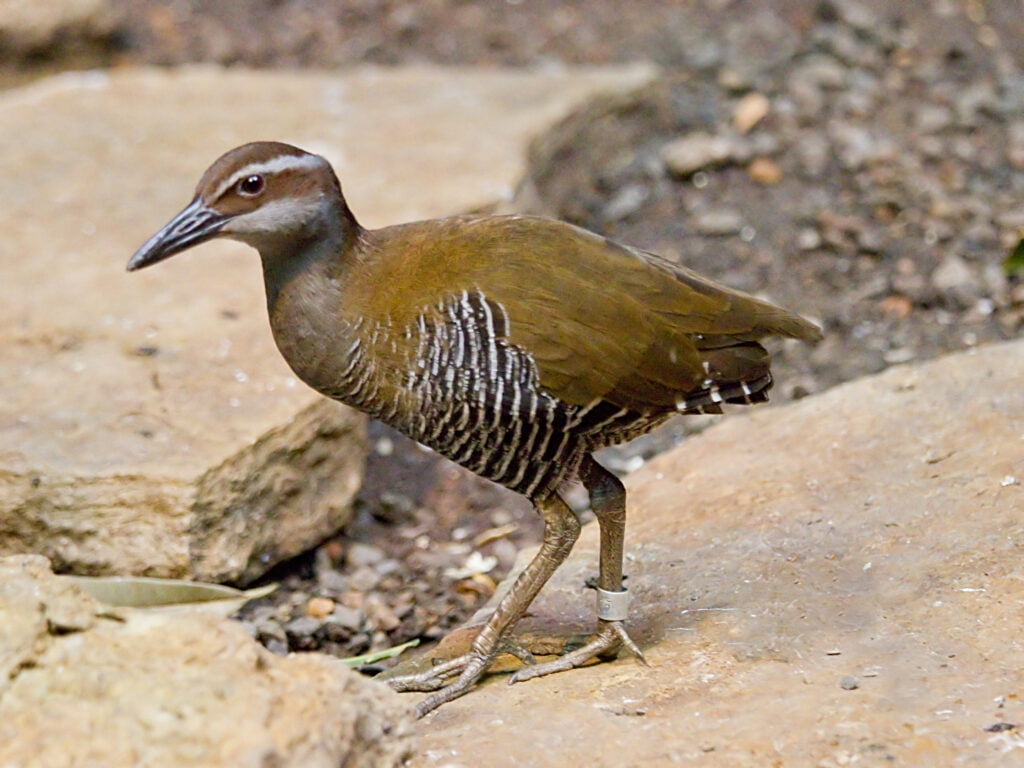Three dead parrots show need for proper ban on wildlife trade
Despite an international treaty to prevent illegal trade in wild animals, the industry is worth billions. The treaty needs an overhaul.
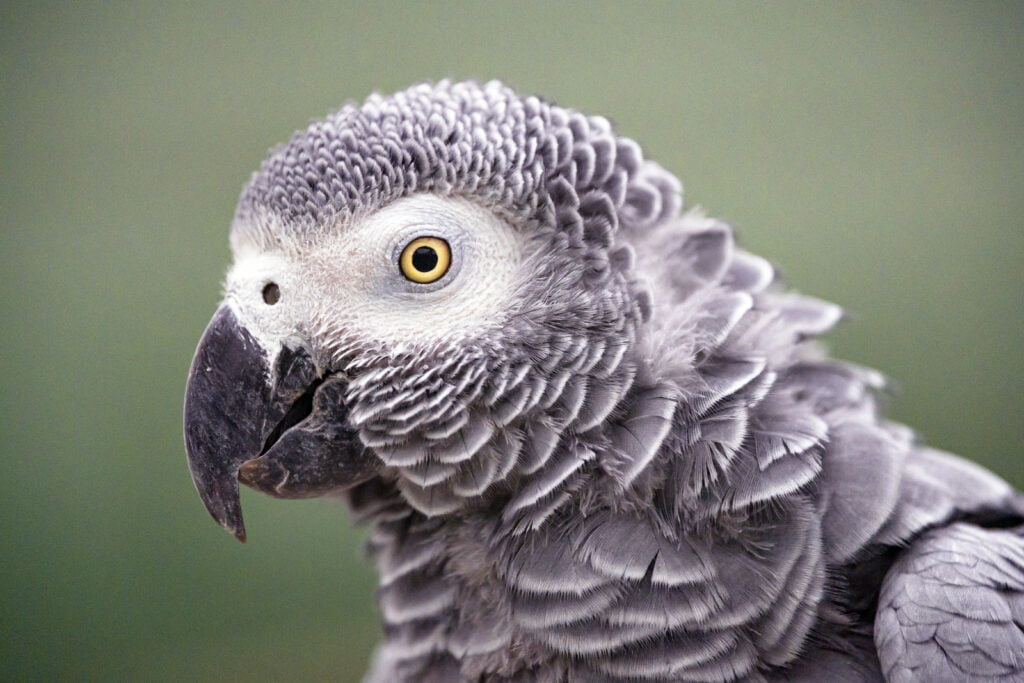 African grey parrots have become endangered due to their popularity as pets : Tambako the Jaguar, Flickr CC BY-ND Tambako 2020
African grey parrots have become endangered due to their popularity as pets : Tambako the Jaguar, Flickr CC BY-ND Tambako 2020
Despite an international treaty to prevent illegal trade in wild animals, the industry is worth billions. The treaty needs an overhaul.
In November 2019, three African grey parrot chicks (Psittacus erithacus) were seized at Oslo airport by customs inspectors. As endangered species, they did not have the required permits to be transported to Norway. During the month that officials contemplated what should happen to the birds, they were hand reared by veterinarians. Then the decision was made: euthanasia.
These highly intelligent birds had a potential 60-year life ahead of them; a life that was abruptly concluded in the hands of the vet. “I have euthanised many animals, but I cried when I euthanised these birds,” she said. “They understood… [And I did] not want to work as the Norwegian environment agency’s executioner of endangered species.”
In Norway, this was the standard outcome for illegally traded animals that are listed in CITES, the United Nations Convention on International Trade in Endangered Species of Wild Fauna and Flora. On March 3, International Wildlife Day, it highlights why addressing the wildlife trade, its regulation and enforcement, is urgent.
Generally, international wildlife trade is not forbidden. Rather, it is regulated through CITES. The legal trade is largely to blame for African grey parrots becoming endangered: parrots make popular pets due to their intelligence and sociability, so they have become “over exploited”, meaning the trade endangers the survival of the species. But the concept of over exploitation fails to cover the individual suffering or death of the animals involved in the trade. In view of species justice, any exploitation may be too much.
CITES entered into force in 1975. Eighty-four parties have signed the convention, including the European Union as one party. Each country must have a management authority, and all countries are obliged to submit annual reports to the CITES secretariat.
Animals are listed on three appendices of CITES, according to how endangered they are. The African grey is listed on appendix I as threatened with extinction. It was moved from appendix II in 2016, since trade in them was no longer deemed ‘sustainable’. Currently 5,950 species of animals and 32,800 species of plants are listed across all three appendices.
CITES has been criticised for being an overly human-centred convention. It fails to take into consideration the fact that animals are sentient beings with capacity to suffer who have interest in living their lives in their natural habitats, free from human inflicted harm.
Instead, CITES frames wildlife species, whether plants or animals, as resources that are available for humans to exploit, until exploitation reaches a level that threatens the survival of a species. According to this logic, one individual can easily be disposed of and replaced by another; an individual’s intrinsic value is not recognised.
CITES has been criticised for not functioning even within its own parameters. For example, many parties to CITES never submit the required annual reports, and much trade is never recorded. And many species become threatened and go extinct from trade without ever being listed on the CITES appendices. For example, there are 10,247 known reptile species in the world, but only 8 percent of the reptile trade is regulated through CITES. Newly discovered species can be swiftly exploited, and 79 percent of traded species are not subject to CITES regulation.
According to CITES records, a staggering 2 million mammals, 5 million birds, 41 million reptiles, half a million amphibians, and 6 million fish were traded legally between 2011-2022.
Animals are used for medicinal purposes (often with no effect), fashion, as game hunting trophies, pets and as high-status food items.
Wildlife trade is big business. Advocacy group Traffic estimates the economic value of legal wildlife trade including plants, at approximately US$323 billion. One important reason for the foundation of CITES was to secure the economic gains of wildlife trade for biodiverse, but poor countries in the global South.
Wildlife trade can be viewed as transnational, global, organised state corporate harm.
Given the general failure of CITES to protect animals from harm and species from extinction, there have been many calls to remodel the agreement. The logic behind CITES implies that the harms of wildlife trade shall continue relentlessly, with new individuals abducted, killed or in other ways exploited in a ‘sustainable’ way for human benefit.
A better CITES would be based around animal protection. Wild animals should have rights not to be exploited as pets, killed for their flesh or skin, teeth or whiskers, tusks, horns, or used for entertainment in zoos, circuses and aqua parks. CITES could rather become an instrument promoting justice both for nature, humans and animals.
One way to do this would be to transform it from a trade convention to an aid convention. The convention could be reformulated to promote species conservation and the protection of individuals’ and species’ rights.
CITES could then become an instrument to funnel economic resources from rich economies in the North to poor economies in the South, if their national budgets partly rely on wildlife trade. Aid, distributed by an accountable secretariat, could be conditional on the ways in which the recipients succeed in protecting the natural environment and its inhabitants.
This system is already in place when it comes to the protection of rainforest: Norway and Germany contribute significantly to the protection of rainforest in places such as Brazil, Colombia and Ecuador through the UN; the amount of economic resources allocated from Norway to these countries depends on how much rainforest is spared from logging and emissions reduced.
A ban on the trade in wild animals would be easier to enforce than the current murky market, in which some trade is legal, other parts illegal, and which demands significant skills by law enforcement officers and offers ample possibilities for fraud.
Ragnhild Sollund is professor at the Department of Criminology and Sociology of Law at the University of Oslo, where she has done research into the wildlife trade for 12 years. She is currently leading the research project: Criminal Justice, Wildlife Conservation and Animal Rights in the Anthropocene, which studies the implementation and enforcement of two nature conventions: CITES; and the Bern convention that protects wild animals and their habitats in Europe, in Norway, The United Kingdom, Spain and Germany. Her research is funded by Norwegian Research Council.
Originally published under Creative Commons by 360info™.


